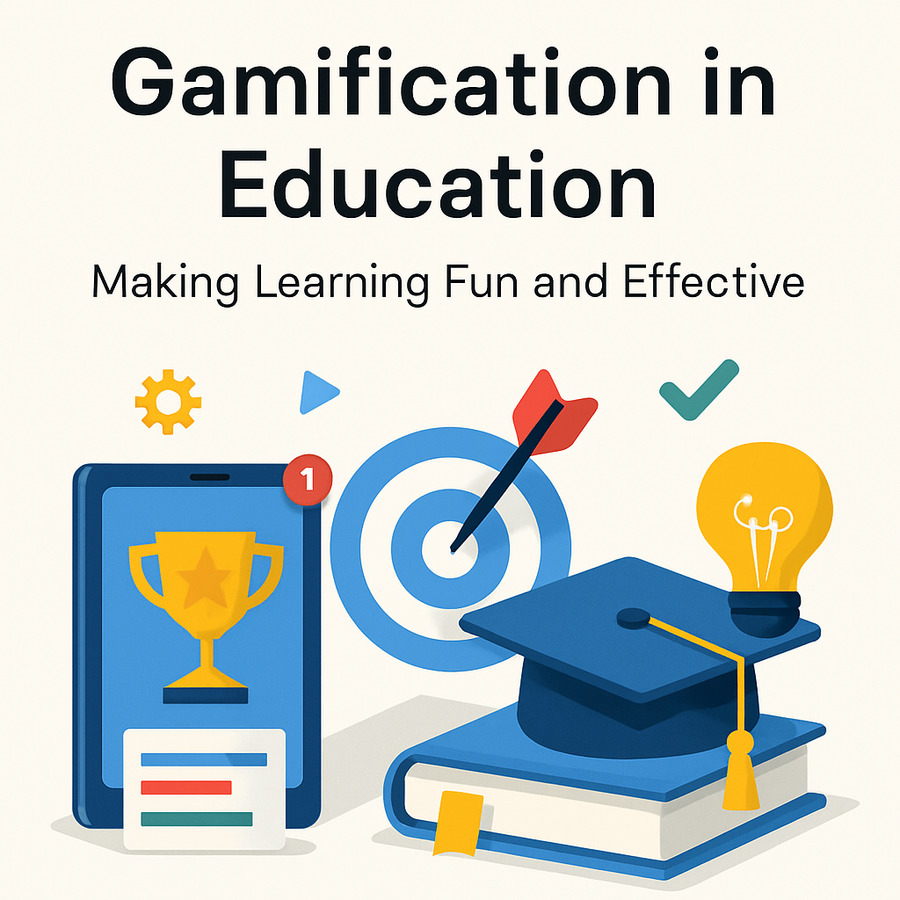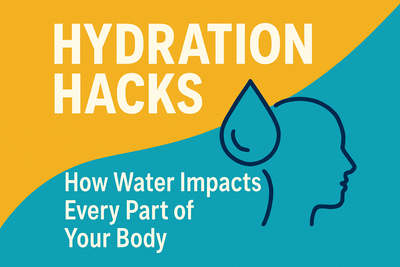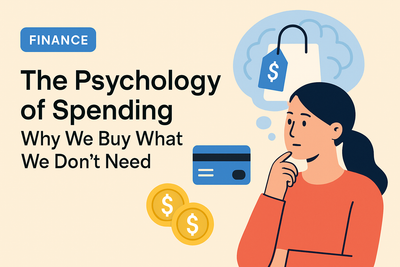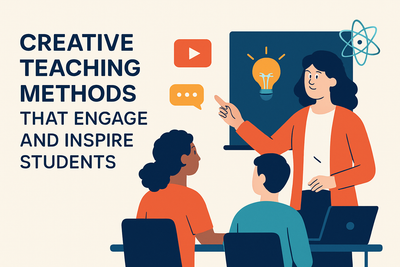
Introduction
Gone are the days when learning involved only textbooks, chalkboards, and long lectures. Today's classrooms — both physical and virtual — are evolving rapidly, embracing technology and innovative teaching methods. One of the most exciting trends transforming education is gamification. By integrating game elements into educational environments, gamification is revolutionizing the way students engage with content, stay motivated, and retain information.
What is Gamification in Education?
Gamification refers to the application of game-design principles in non-game contexts. In education, this means using elements like points, badges, leaderboards, levels, and challenges to encourage participation and enhance the learning experience.
Rather than changing the core content, gamification changes how that content is delivered, making it more interactive, fun, and effective. Whether it's through classroom activities, digital platforms, or mobile learning apps, gamification taps into the human desire for competition, achievement, and progress.
Benefits of Gamified Learning
1. Increased Engagement
Games naturally draw people in. Incorporating game elements makes learning more compelling and drives student involvement. When students are engaged, they're more likely to participate actively and enjoy the process.
2. Enhanced Motivation
Gamification creates clear goals and immediate feedback. Students can see their progress, earn rewards, and compete in friendly ways with peers. This motivates them to keep pushing forward and take ownership of their learning journey.
3. Improved Knowledge Retention
Interactive and repetitive gameplay helps reinforce concepts. When learners are immersed in gamified experiences, they tend to remember information longer because they’ve actively applied it.
4. Fostering Collaboration and Social Skills
Multiplayer games and team-based challenges promote collaboration, communication, and peer-to-peer learning. These social dynamics enrich the educational experience beyond academic knowledge.
5. Safe Environment for Failure
Mistakes in games are part of the journey. In gamified learning, failure is seen as a learning opportunity rather than a setback. This encourages experimentation and creative problem-solving without the fear of judgment.
Examples of Gamification in Action
- Duolingo uses streaks, levels, and rewards to make language learning addictive.
- Kahoot! turns quizzes into competitive, real-time games.
- Classcraft transforms classroom behavior management into an RPG-style adventure.
- Minecraft Education Edition allows students to explore subjects like math, science, and history through immersive, world-building gameplay.
Best Practices for Educators
To successfully implement gamification:
- Set Clear Objectives: Make sure game elements align with educational goals.
- Know Your Students: Design experiences that suit their interests and learning styles.
- Balance Fun with Learning: Don’t let the game overshadow the content.
- Provide Feedback: Recognize efforts and guide improvement through timely feedback.
- Iterate and Improve: Collect feedback and refine your approach over time.
Challenges to Consider
While gamification is powerful, it’s not one-size-fits-all. Some students may not respond well to competition. Overemphasis on rewards can lead to shallow learning. Technology access and teacher training may also pose constraints. It's essential to thoughtfully integrate gamification in a way that supports all learners.
Conclusion
Gamification has the potential to transform education by making learning more engaging, motivating, and memorable. When used thoughtfully, it bridges the gap between entertainment and education — turning passive students into active learners. As educational environments continue to evolve, gamification will play a key role in preparing students for success in the 21st century.
So why not level up your classroom? The game of learning is just getting started.





